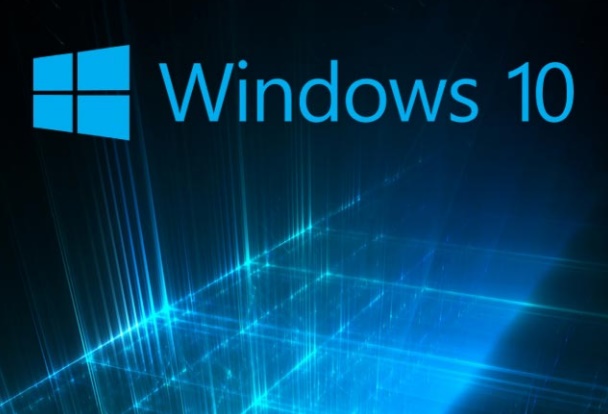The following tutorial will help you to move an Off-screen Microsoft supports multiple monitor facilities in Windows operating system. Even though Windows 7 is more stable and more prefereable over Windows 10, but in case of multiple monitors compatibility Windows 10 outdid Windows 7. Even though Windows 10 Builds come with copious bugs and there is a lot of improvement to be done to the OS, Microsoft is making a good move with the multiple monitor feature.

While handling Multiple displays in Windows 10, one common issue that Windows users must have encountered is that some apps do not return to the main display once the screen is disconnected from the multiple monitors. The Off-screen window remains and does not automatically returns to the main display. Sometimes, even if you close and open the OS remembers the last screen it was on and hence doesn’t move from the off-screen window to the main window.
If you re also facing the same issue with your computer, then you can manually move the off-screen windows o=to thr Main display using the Arroy keys from your keyboard. Press the Windows+Arroy keys to resolve your issue.
When an app window is off-screen, you still see its icon in the Taskbar. This icon let you know which windows are in foreground and which are in the background. The Win+Arrow key combination shortcuts let you snap windows to the left or right. In a multiple-monitor setup, this shortcut lets you move a window between displays. If you want to move an off-screen window to your main display, click its Taskbar icon so that the app is in focus. Then, use the Win+Arrow keys to move it to your main display.
Now check if your second display is connected to the right of your main display. If so, then use the Win+Left Arrow to move it to your main display. Tap the key combination twice. The first time you tap it, it will snap the window to the left of the ghost display.The second tap will move the off-screen window to your main display.
Likewise, if your second display was connected to the left of your main display, use the Win+Right Arrow key to move it to your main display. Tap it twice for the same reason mentioned before.

